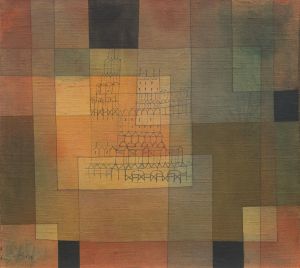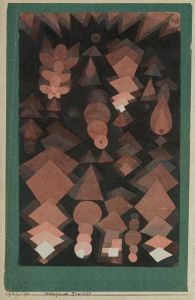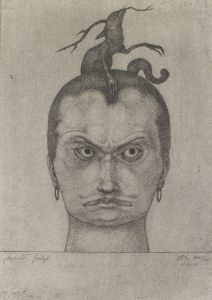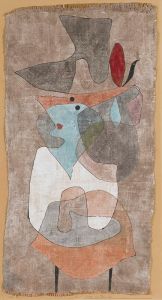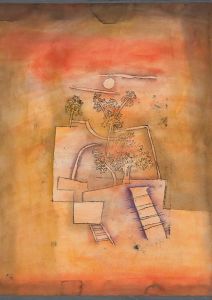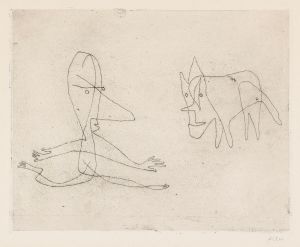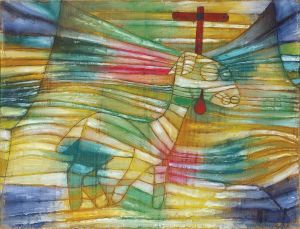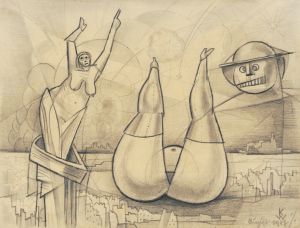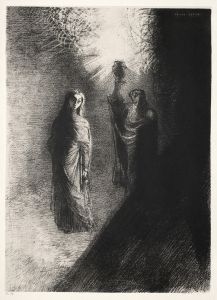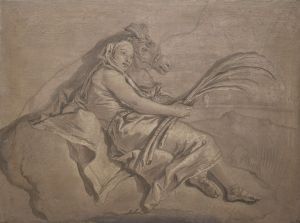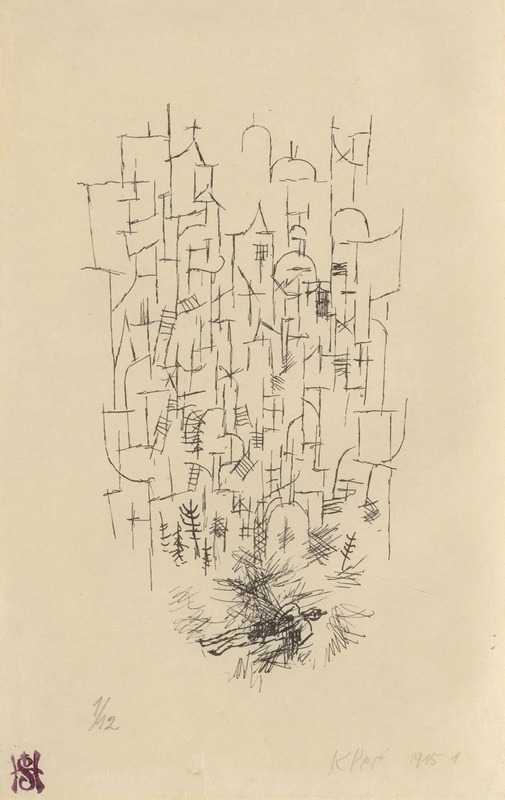
Der Tod für die Idee
A hand-painted replica of Paul Klee’s masterpiece Der Tod für die Idee, meticulously crafted by professional artists to capture the true essence of the original. Each piece is created with museum-quality canvas and rare mineral pigments, carefully painted by experienced artists with delicate brushstrokes and rich, layered colors to perfectly recreate the texture of the original artwork. Unlike machine-printed reproductions, this hand-painted version brings the painting to life, infused with the artist’s emotions and skill in every stroke. Whether for personal collection or home decoration, it instantly elevates the artistic atmosphere of any space.
Paul Klee's painting Der Tod für die Idee (translated as Death for the Idea) is a work by the Swiss-born German artist, who is widely regarded as one of the most influential figures in modern art. Created in 1915, during the tumultuous period of World War I, the painting reflects Klee's characteristic style, which blends abstraction, symbolism, and a unique use of color and line. The title itself suggests a philosophical or existential theme, potentially exploring the sacrifice or consequences associated with pursuing ideals or ideas.
Klee's artistic approach during this period was heavily influenced by his experiences and the broader cultural and political climate of the time. In 1914, Klee had traveled to Tunisia, a journey that profoundly impacted his understanding and use of color. By 1915, however, Europe was engulfed in the war, and Klee's work began to take on darker, more introspective themes. Der Tod für die Idee is often interpreted as part of this shift, though the exact meaning of the painting remains open to interpretation.
The artwork itself is executed in Klee's signature style, which often combines elements of drawing and painting. His works from this period frequently incorporate geometric forms, abstract figures, and a muted yet evocative color palette. While specific details about the composition of Der Tod für die Idee are not widely documented, it is consistent with Klee's broader exploration of themes such as mortality, spirituality, and the human condition.
Klee was associated with several influential art movements, including Expressionism, Cubism, and Surrealism, though his work defies strict categorization. He was also a member of the Blaue Reiter (Blue Rider) group, which sought to express spiritual truths through art. His unique visual language and intellectual approach to art have made him a central figure in 20th-century art history.
Der Tod für die Idee is part of Klee's extensive body of work, which includes over 9,000 pieces created during his lifetime. Today, Klee's works are held in major collections and museums worldwide, including the Zentrum Paul Klee in Bern, Switzerland, which is dedicated to his life and art. However, specific details about the current location or exhibition history of Der Tod für die Idee are not readily available in public records.
As with much of Klee's art, Der Tod für die Idee invites viewers to engage with its layered meanings and to reflect on the interplay between form, color, and concept. The painting exemplifies Klee's ability to convey complex ideas through deceptively simple visual means, making it a significant piece within his oeuvre.







